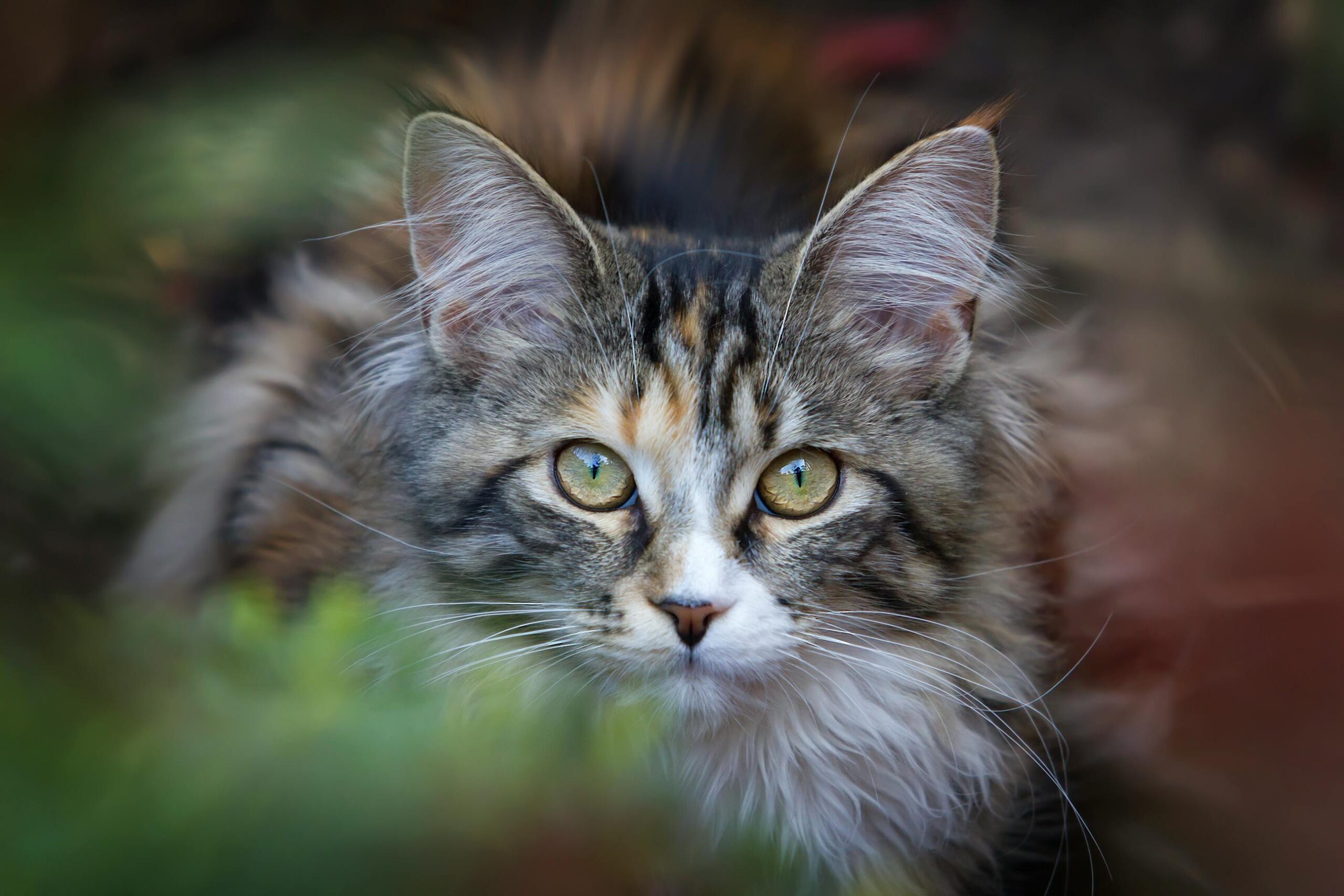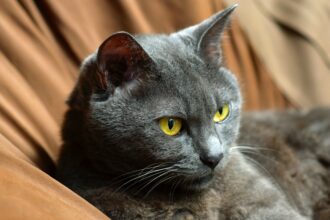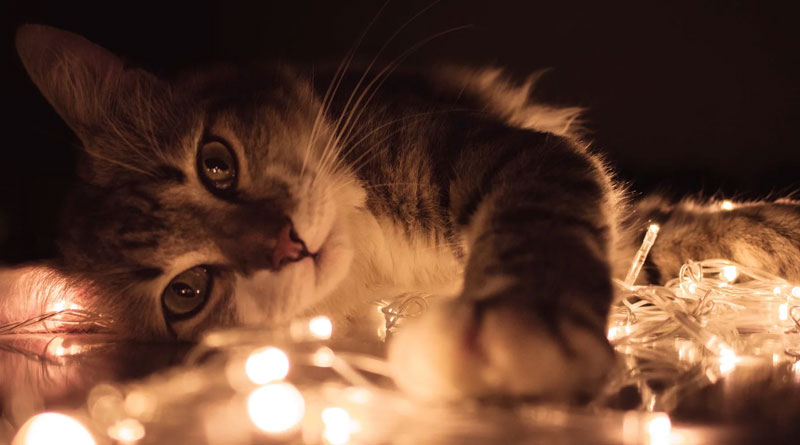Birman vs. Himalayan: Differences in Temperament & Care
If you’re searching for a gentle and affectionate feline companion, the Birman and Himalayan breeds often rise to the top of the list—and for good reason. Both breeds are elegant, soft-furred beauties known for their loving personalities. Yet, while their appearances might seem similar at first glance, they differ in several key ways that may affect the best fit for your home. In this comprehensive guide for prospective cat adopters, we’ll cover their origins, temperaments, grooming requirements, health considerations, and even offer comparisons with other popular breeds like the Ragdoll, Siamese, Maine Coon, Persian, Bengal, and many more. Whether you’re considering a playful companion or a serene lap cat, you’ll find valuable insights throughout this article.
Origins and History
The Birman cat traces its roots to Myanmar (formerly Burma) and is often called the “Sacred Cat of Burma.” Legends tell of temple guardians and noble heritage, with their striking white “gloves” symbolizing purity. Birmans made their way to Europe in the 1920s, quickly gaining admiration for their gentle demeanor and silky fur.
In contrast, the Himalayan is a modern breed developed by crossing Persians with Siamese cats. The resulting hybrid boasts the pointed coloration of Siamese cats mixed with the plush coat and refined facial features inherited from Persians. Despite their close relationship with the Persian, many registries recognize Himalayans as a distinct breed—making them uniquely appealing for those who appreciate refinement with a twist.
Personality: Social Butterflies vs. Serene Companions
Birman: The Social, Adaptable Feline
Birmans are known for their social and curious disposition. They tend to form strong bonds with their human families and can often be found following their owners around the house like a soft, furry shadow. Their friendly nature and willingness to get along with children, other cats, and even dogs—such as British Shorthair, Devon Rex, or Oriental Shorthair companions—make them a great choice for bustling households. Their temperament is sometimes compared to that of the Ragdoll or Tonkinese, both of which are celebrated for their affectionate dispositions.
Himalayan: The Calm, Reserved Companion
On the other hand, Himalayans possess a more reserved personality. They relish calm environments, where quiet and consistency are treasured. While still loving and cuddly, Himalayans do not require constant attention and are less likely to shadow every movement in your home. Much like their Persian relatives, they offer a dignified presence that is perfect for families or individuals who appreciate a relaxed, understated energy in their pet. Their calm nature is similar to that of the Scottish Fold or the gentle American Shorthair.
Grooming and Coat Care
Low Maintenance vs. Luxurious Pampering
One of the key differences between these two breeds is in their grooming needs:
- Birman Cats: With their semi-long, silky fur, Birmans boast a coat that is surprisingly low maintenance. They are less prone to matting compared to other long-haired breeds like the Maine Coon or Siberian cat, requiring only a few brushes per week to keep their fur smooth and clean.
- Himalayan Cats: In contrast, the luxuriant fur of a Himalayan requires a more rigorous grooming routine. Their thick, dense undercoat—an inheritance from their Persian ancestry—can easily become tangled if not brushed daily. Additionally, regular eye cleaning may be needed to combat tear staining, a common issue due to their flatter facial structure.
For pet owners seeking a companion with minimal grooming, the Birman offers a convenient choice. However, those eager to indulge in a bit more pampering might find that the Himalayan’s lavish coat and serene temperament are well worth the extra effort.
Health and Lifespan
Caring for a Healthy Feline
Both the Birman and Himalayan have relatively similar lifespans—Birmans often live around 12–16 years, while Himalayans usually reach 9–15 years. Despite their overall good health, each breed can have predispositions:
- Birmans: Generally robust, these cats might occasionally face genetic issues such as heart disease or feline hypertrophic cardiomyopathy. Regular checkups with your veterinarian and a well-balanced diet can help mitigate these risks.
- Himalayans: This breed is more susceptible to specific hereditary conditions, including polycystic kidney disease (PKD) and respiratory issues related to their brachycephalic (flat-faced) structure. Eye problems are another concern. Prospective owners should work closely with reputable breeders who perform genetic screenings to reduce these health risks.
A routine veterinary exam, proper dental care, and a nutritious diet remain essential, regardless of whether you choose a Birman or Himalayan. Pet owners might also consider emerging trends like holistic care, raw diets, or grain-free options—but always consult your vet first.
Activity Level and Enrichment
Keeping Your Cat Mentally and Physically Stimulated
Birmans tend to be moderately active. They enjoy interactive play such as climbing on cat trees, exploring tunnels, and engaging with puzzle feeders. Their playful bursts can be compared to energetic breeds like the Bengal or Abyssinian, though they ultimately balance activity with the need for relaxation.
Conversely, Himalayans often prefer a more laid-back lifestyle. These cats love lounging, basking in the sunlight, and watching the world go by. Although playful as kittens, they generally mature into serene companions who favor quiet afternoon naps and minimal chaos—much like the calm nature seen in Russian Blue cats.
It’s important to match your lifestyle with your cat’s energy level. Families with children and multiple pets (such as Tabby, Oriental Mix, or Domestic Shorthair companions) might find a Birman’s sociability more fitting. Meanwhile, a Himalayan could be a perfect match for those seeking a tranquil, independent friend.
Appearance and Coat Patterns
Signature Styles and Striking Features
The visual allure of both breeds is undeniable:
- Birman Cats: Distinguished by their cream-colored coats, Birmans sport dark points on their ears, face, paws, and tail, alongside their iconic white “gloves.” Their expressive blue eyes add an extra layer of charm to their already elegant appearance.
- Himalayan Cats: Boasting a range of colors such as seal, chocolate, lilac, and blue points, Himalayans often display patterns reminiscent of the Siamese. Their luxuriant, fluffy coats and flat-faced features enhance their regal look—qualities that echo the timeless charm of breeds like the Exotic Shorthair and Turkish Van.
Other popular coat patterns appear in many cat breeds. You might spot a Tabby, Calico, Tortoiseshell, Bicolor, or Tri-color feline, each bringing their own unique charm and personality. Even a Tabby Mix or Oriental Mix can exhibit delightful traits that may make them the perfect choice for your home.
Adaptability and Home Environment
Finding the Ideal Match for Your Lifestyle
Understanding how each breed adapts to its surroundings is essential when planning for a new pet:
- Birmans: These adaptable cats adjust well to changes and are typically unfazed by new people or moderate disruptions. Their friendly nature makes them suitable for households with children, other pets, or frequent visitors. They are equally comfortable in larger homes or apartments, much like the easygoing Domestic Longhai cats.
- Himalayans: Preferring a more stable and serene environment, Himalayans thrive in quieter settings and benefit from a predictable daily routine. They might feel stressed in overly noisy or crowded environments—conditions that can sometimes unsettle even a typically robust Maine Coon or Sphynx.
For active families that love a bustling atmosphere similar to the energy seen in breeds like the Burmese, Sphynx, or even the playful Munchkin, a Birman might be the ideal choice. Conversely, those craving a calmer companion may lean toward the Himalayan.
Other Cat Breeds to Consider
While our focus has been on the Birman and Himalayan, many other cat breeds offer a variety of temperaments, appearances, and care needs that might suit your lifestyle:
- Sphynx: Known for their hairless, wrinkled appearance and extroverted personality, Sphynx cats require unique skincare and regular baths.
- Burmese: With their muscular build and striking eyes, Burmese cats are affectionate and social, perfect for families.
- Munchkin: This breed is celebrated for its short legs and playful, energetic nature. They’re great for households that appreciate a lively, compact companion.
- Japanese Bobtail: Famous for their bobbed tails and active demeanor, these cats bring a mix of ancient lore and modern charm.
- Tri-color: Many cats display beautifully mixed tri-color patterns, adding a touch of artistry to your home.
Other notable breeds that round out the diverse spectrum of feline companions include the Ragdoll, Oriental Shorthair, Abyssinian, British Shorthair, Devon Rex, Siberian, Manx, Cornish Rex, Savannah, Turkish Van, Tonkinese, Exotic Shorthair, American Shorthair, Singapura, Balinese, and even mixed breeds like the Domestic Shorthair and Domestic Longhai. Each breed—from the charming Scottish Fold to the sleek Oriental Mix or Tabby Mix—brings something unique to the family table.
Adoption Tips and Final Thoughts
Making the Best Choice for Your Home
When you’re ready to welcome a new feline friend, consider both breed characteristics and your home environment. Whether your heart is set on the energetic and affectionate Birman or the elegant and tranquil Himalayan, the key is matching the cat’s personality to your lifestyle.
- For Families and Multi-Pet Households: Consider a Birman if you’re seeking a sociable, low-maintenance companion who coexists well with children, other cats like the Oriental Shorthair, or even playful pals such as the Munchkin.
- For Quiet, Calmer Environments: If a serene, graceful pet is more your style, the Himalayan might be a better fit—even if that means committing to the extra grooming care.
Moreover, don’t overlook shelter cats. Many mixed breeds—including Tabby, Calico, Bicolor, or Tri-color mixes—possess distinctive traits similar to those of pedigree cats like the Russian Blue, Scottish Fold, or even Burmese. Rescues are home to many of these delightful companions, some of which carry the charm of breeds such as the Japanese Bobtail, Domestic Shorthair, or Domestic Longhai.
By carefully considering the personality, health, activity level, and care needed for your potential new friend, you’re more likely to find a lifelong companion that brings joy and contentment into your home. Whether it’s the frolicsome Birman or the dignified Himalayan, each cat offers a blend of personality and beauty that can complement a variety of lifestyles.
Ultimately, the decision comes down to your personal preferences and how well the cat’s characteristics align with your daily life. Take the time to research, meet different cats, and consult with veterinarians and breeders. Your perfect companion is waiting—and the journey to find them is as rewarding as the bond you’ll share.or many years to come.








